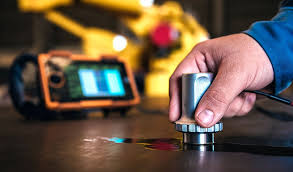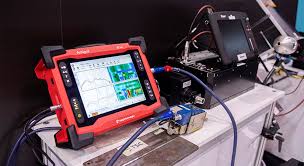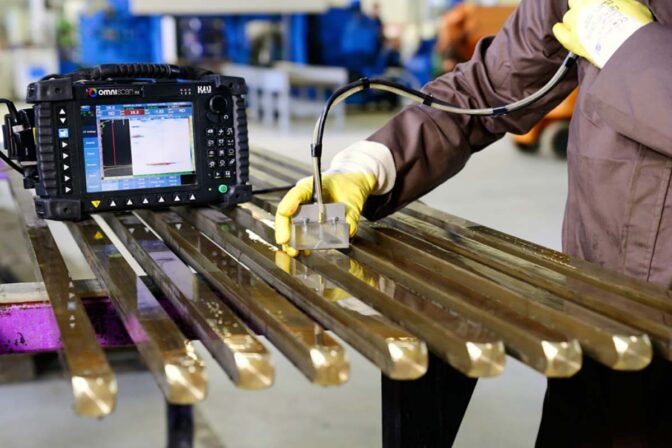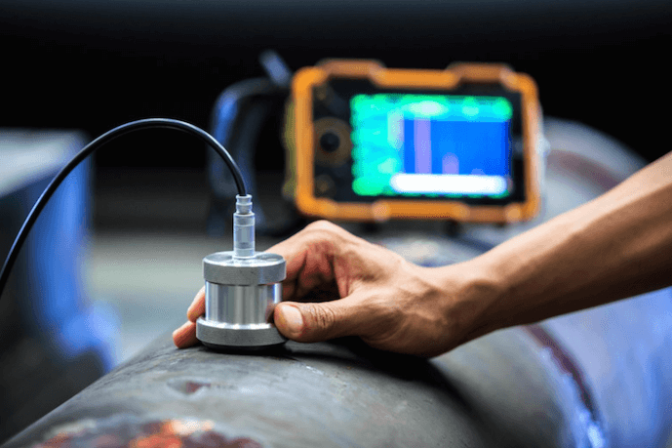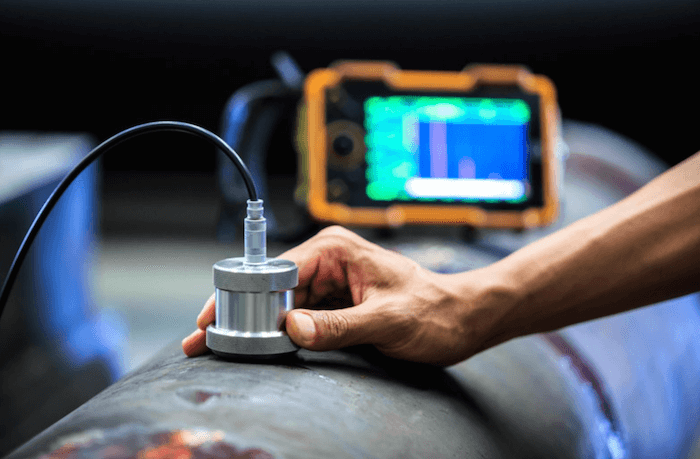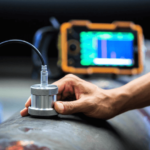Non-Destructive Testing (NDT)
Non-Destructive Testing (NDT) is a critical process in ensuring the safety, reliability, and efficiency of industrial components and systems. This blog will explore the significance of NDT, the different methods used, and how it contributes to maintaining high standards in various industries.
Key NDT Methods
- Ultrasonic Testing: Uses high-frequency sound waves to detect internal flaws.
- Radiographic Testing: Employs X-rays or gamma rays to examine the internal structure of materials.
- Magnetic Particle Testing: Detects surface and near-surface defects in ferromagnetic materials.
- Liquid Penetrant Testing: Identifies surface-breaking defects in non-porous materials.
What is Non-Destructive Testing? Non-Destructive Testing (NDT) is a range of analysis techniques used to evaluate the properties of a material, component, or system without causing damage. It plays a vital role in ensuring that industrial equipment and structures are safe, reliable, and compliant with industry standards.
NDT
Why is NDT Essential? NDT is crucial for preventing failures and accidents in critical industries such as oil and gas, power generation, and manufacturing. By identifying defects early, NDT helps in reducing downtime, maintenance costs, and ensuring the longevity of equipment.
INSPECTA’s NDT Services: At INSPECTA Middle East, we offer a comprehensive range of NDT services tailored to meet the specific needs of our clients. Our expert team uses the latest technology and techniques to provide accurate and reliable testing solutions.
Conclusion: Non-Destructive Testing is indispensable for maintaining safety and quality in modern industries. By choosing INSPECTA for your NDT needs, you are ensuring that your operations meet the highest standards of safety and performance.
